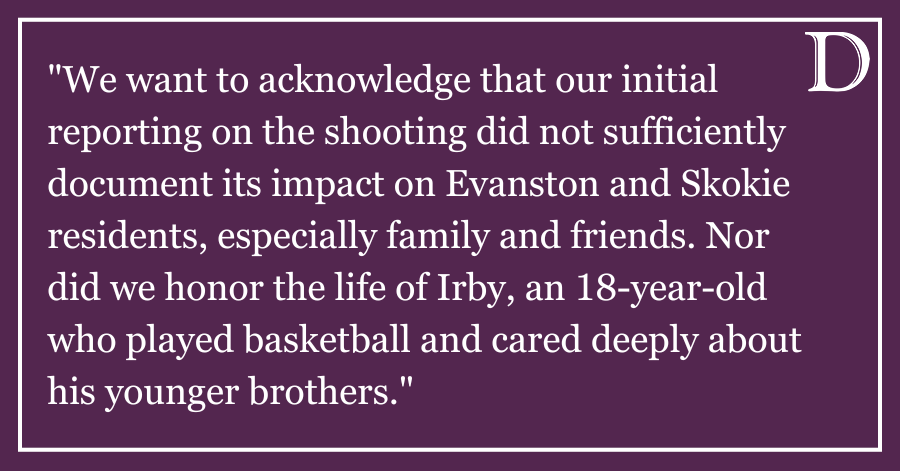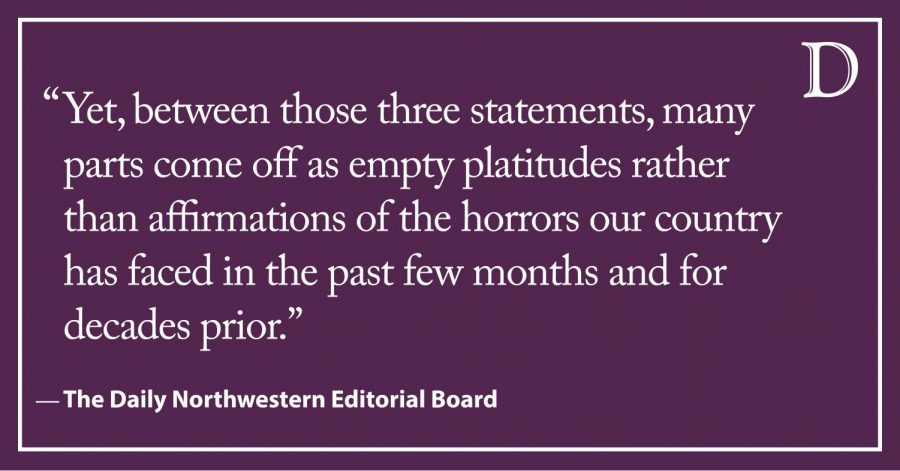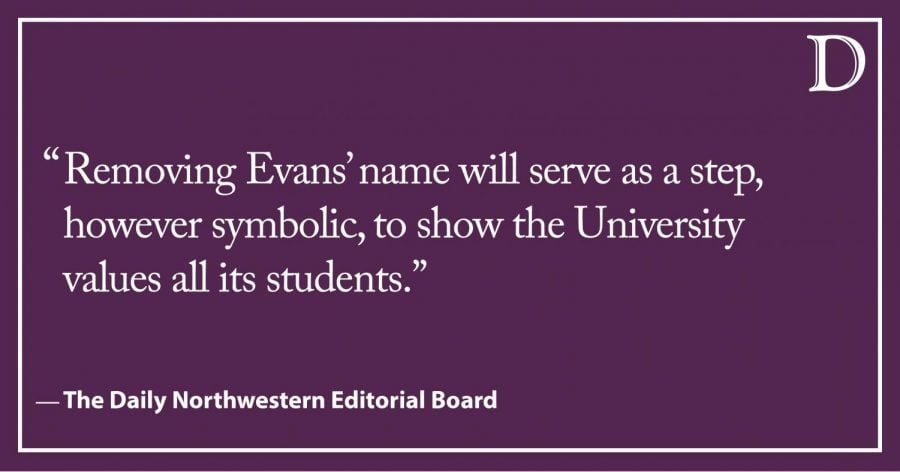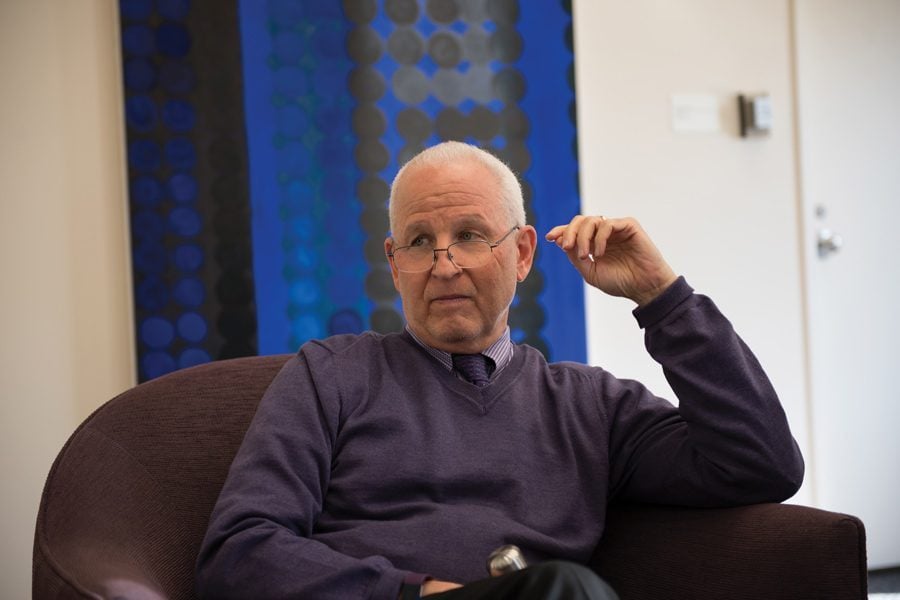With fare hikes, time for U-Pass
Northwestern students are lucky to go to school only miles away from one of the most vibrant cities in the world. But if proximity to Chicago is such an important aspect of attending NU, why is the University doing so little to encourage students to take advantage of the city next door?
As the Chicago Transit Authority proposes rate hikes for trains and buses, NU’s refusal to provide U-Passes for undergraduates – cards that allow students free rides on public transportation – becomes particularly poignant. In order for students to be able to capitalize on NU’s prime location, they need to have easy access to the city. A U-Pass would take out the financial penalty students pay for going into Chicago. Even if the $6 round-trip – an increase from the current $4.50 - is puny compared to the cost of attending NU, some students may choose to stay on campus just because they’re deterred by the El cost. The card would also be an essential tool for students who are required to go into the city for classes or for those commuting to NU.
While NU does provide free access to the Intercampus Shuttle to students and staff, this is simply not enough for most of our needs. Its only stop in the city is on NU’s Chicago campus, which is convenient if you’re looking for an expensive shopping spree on the Magnificent Mile, but very limiting for anyone looking to get into the heart of the city. The Saturday Chicago shuttle is much of the same.
Even if NU charges students a nominal amount for U-Passes, it would be a step in the right direction. Similarly located suburban schools like Washington University in St. Louis provide free U-Passes to all undergraduates, according to its Transportation Services Web site. But NU continues to deny students that extra motivation to get to know the city in which they live.
Improve NU’s dorm life now
It’s time to bring up some issues on how we’re doing on basic amenities in dorm life. We’re not talking about massive renovation like campus-wide kitchenettes, but more of the borderline basics.
Remodeling isn’t something to be pushed aside as a five- or 10-year distant program, but something to be done soon. In addition to cosmetic changes, we’re looking to modify the freshman experience. Living through a year in a shabby dorm shouldn’t be a trial by fire for incoming students – it should enrich the NU experience.
At Princeton University, a whopping 98 percent of students live on campus because only that other 2 percent can comfortably afford the ritzy apartments of the J. Crew-toting neighborhood, according to rating Web site collegeprowler.com. With this practical monopoly, dorms can be left in a less-than-happy state. On the other end of the spectrum, Purdue’s homey on-campus dorm life offers an excellent standard: computer rooms, game rooms and an active social network – weekly themes and all. But cheap prices and short walks off campus lead 60 percent of the student body to live outside the dorms.
NU falls in the awkward middle of these two. Evanston apartments are pricey yet compatible, and dorm life can satisfy student wants occasionally. The school administration needs to catch up to standard of what other schools can offer – dorm life that can even appeal to upperclassmen. Cozy amenities as dorm standards can go a long way to vitalize on-campus living, meaning more money and community for the school, both through upperclassmen and prospies who could be lured by the school’s newfound attractiveness.












